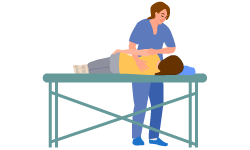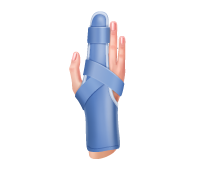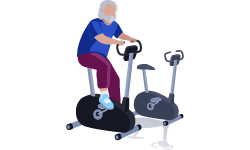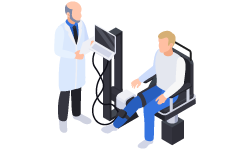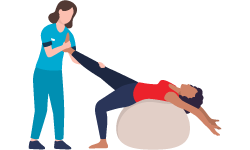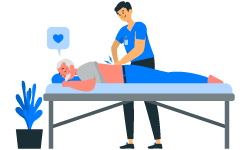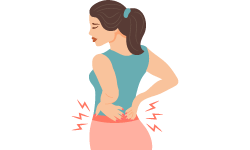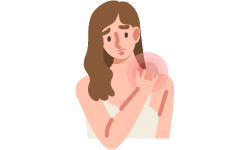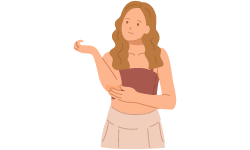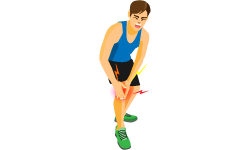Arthroplasty, or joint replacement surgery, replaces a diseased or deteriorated joint with an artificial prosthesis. To reduce pain, improve joint function, and improve quality of life, this surgery is routinely prescribed. Arthroplasty's reasons, kinds, surgical technique, and recovery:
Arthroplasty is considered when conservative treatments like drugs, physical therapy, and lifestyle changes fail to alleviate joint pain and dysfunction. Common signs are:
Degenerative joint disease osteoarthritis causes cartilage breakdown and joint discomfort.
- Rheumatoid Arthritis: An autoimmune disease that damages joints.
- Post-Traumatic Arthritis: Joint damage from fractures or injuries.
- Avascular Necrosis: Reduced bone blood flow, joint degeneration.
- Congenital Conditions: Birth defects that alter joint function and structure.
Types of Arthroplasty:
- Arthroplasty can affect hips, knees, shoulders, and more. Most prevalent types are:
- Hip Replacement (Total Hip Arthroplasty): Replacing the injured hip joint with a metal-and-plastic artificial hip joint.
- Knee Replacement (Total Knee Arthroplasty): Replacing the injured knee joint with a metal and plastic artificial one.
- Shoulder Replacement: Replacing the injured shoulder joint with a metal ball and plastic socket or a reverse shoulder replacement for certain situations.
- Ankle Replacement: Replacing the injured ankle joint with an artificial one.
- Elbow Replacement: Replacing the injured elbow joint with a prosthetic one.
The surgical process for arthroplasty typically includes the following steps:
- Anaesthesia: The patient is sedated to avoid pain during operation.
- A surgical incision accesses the injured joint.
- The deteriorated joint surfaces and surrounding tissues are removed.
- The artificial prosthesis is carefully placed and fixed using specialised materials and techniques.
- The wound is closed with sutures or staples.
- Recovery: After surgery, patients are thoroughly watched in recovery before being admitted.
Conclusion:
Arthroplasty helps those with significant joint pain and dysfunction. Arthroplasty has become a successful procedure thanks to medical technology and surgery. An orthopaedic surgeon should evaluate your condition and needs before recommending arthroplasty.


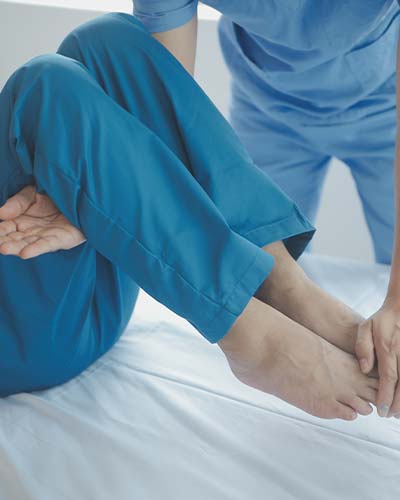









 1st Feb 2024
1st Feb 2024
 23rd Jul 2023
23rd Jul 2023
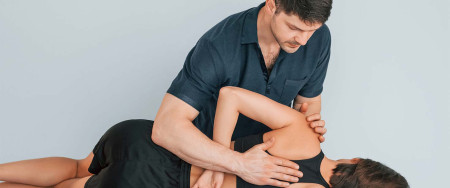 23rd Jul 2023
23rd Jul 2023
 18th Jul 2023
18th Jul 2023
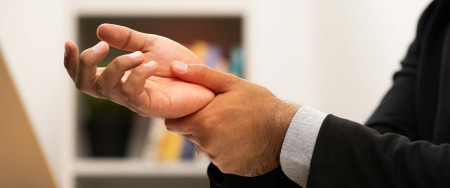 16th Jul 2023
16th Jul 2023
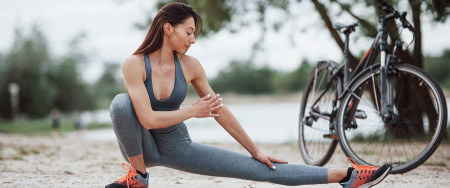 16th Jul 2023
16th Jul 2023
